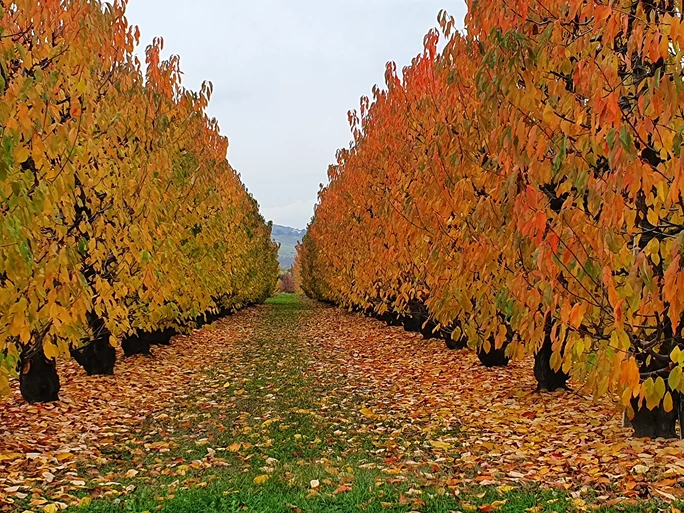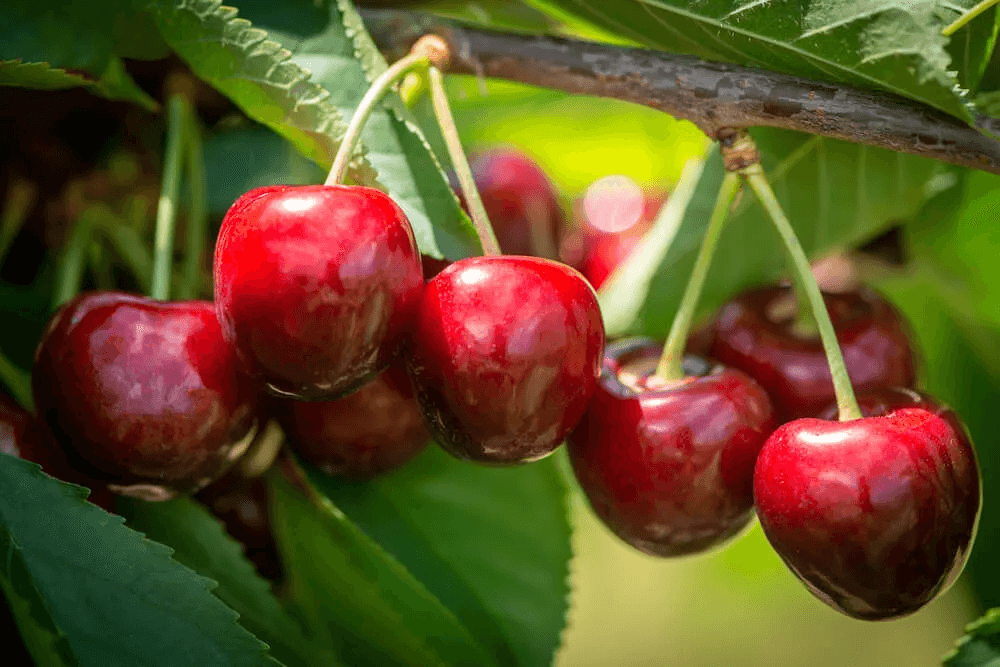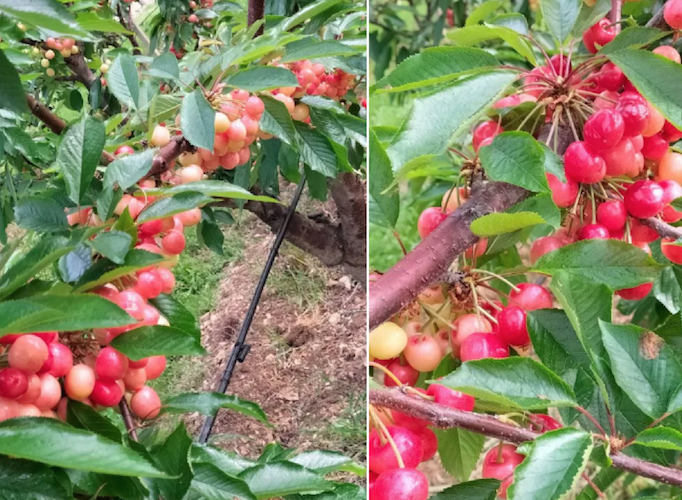Quality is no longer just a plus offered by Chilean fruit to conquer the Chinese market but a fundamental characteristic that must continue to progress.
Therefore, the question of how to achieve this much-needed appreciation is inevitable, and it is what the outstanding consultant in cherries and stone fruits, Patricio Morales, sought to answer in his latest lectures of the Second Mundoagro Course: Post-Harvest of Cherries, with an emphasis on orchard management, sponsored by key industry companies such as Innovak Global, Corteva Biologicals, Coagra, Adama, and Syngenta.
“Management to condition and correct the soil matrix in post-harvest. The importance of post-harvest to overcome the recession” was the title of Morales’ third conference. “We still have many demands on quality parameters. I believe it is a mistake to abandon activities thinking of reducing costs, and it is essential to carry out important tasks in the production area to obtain quality fruit.”
"All the post-harvest management we carry out will be reflected in the next harvest, as it marks the beginning of the next season. Therefore, we must emphasize irrigation, nutrition, and summer pruning, among other things. We conduct all these checklists to achieve extraordinary quality fruit, which is what the markets demand from us.”
According to Morales, markets seek firm fruit, soluble solids, color, and many organoleptic attributes that are crucial in fresh fruit production, not only cherries but also stone fruits, blueberries, etc. “Everything we are doing now will be reflected in the harvest of November and December 2025. Today, we are in the full differentiation phase, where reserve accumulation occurs. Therefore, from January to March, everything we can do to make photosynthesis in plants more efficient will benefit the accumulation of carbohydrate reserves, which will be assimilated and stored by the plants,” he added.
The consultant reminded that as long as the temperature does not rise above 13.5°C at the end of winter or the beginning of spring, nutrient extraction is null. “So, these carbohydrate reserves that you, growers, agronomists, and technicians, have provided or produced for the plants are fundamental for them to survive the winter.”

Entering Dormancy
In the final lesson, Morales illustrated “Management of pests in post-harvest; management of entry into the post-harvest niche.” According to the consultant, all reserve production between January and March will need to be used for the winter. “We will reach the shedding phase, where reserves are depleted, nitrogen is needed, and it is absorbed by the roots: if there is no growth of annual shoots, the nitrogen flow to the fruits and leaves decreases. We tend to have abortion issues, and orchard productivity will suffer in terms of kilograms per hectare. That is why fertilization and pest management in post-harvest are crucial because we need to be efficient in ensuring enough carbohydrates for this phase.”
“Pest control in post-harvest is an important task to keep the pressure of various insects low and to avoid pest damage and economic impact on orchards and their production. Applications are always preventive or subject to strict monitoring. Applications should begin as soon as individuals appear,” Morales explained.

The Companies
The course also featured presentations from key industry companies, such as Corteva Biologicals. Paula Vargas, the company’s Product Manager, presented “The Art of Post-Harvest Stimulation.” “We always hear about stress in orchards as if it were a debt to pay at the bank. Therefore, we assume something negative is happening without understanding the initial physiological change that is occurring and that is crucial to comprehend.”
According to Vargas, “stress is the set of physiological reactions that change in response to pressure. So, the onset of stress in plants causes a change in vascular pressure. When the plant is stressed, the pressure of the vascular bundles, especially the xylem, changes, leading to changes in physicochemical parameters such as photosynthesis.”
Then, in the fourth and final course lesson, “Development and production of bio-inputs; microorganisms from the lab to the field” was the topic presented by Ximena Antiguay, a biotechnological engineer and head of the biotechnology area at Biogram S.A. on behalf of Coagra.
The expert explained: “Bio-inputs can be composed of active ingredients such as bacteria, fungi, nematodes, insects, extracts, nematodes, botanical extracts, pesticides, fungicides, insecticides. These bio-inputs must be harmless, residue-free, non-harmful to human health, wildlife, and the environment, and easy to apply.”
In both cases, participants were able to submit their questions to Paula Vargas and Ximena Antiguay, who responded both live and through the class chat and email.
Source: Mundoagro
Images: SL Fruit Service
Cherry Times - All rights reserved














